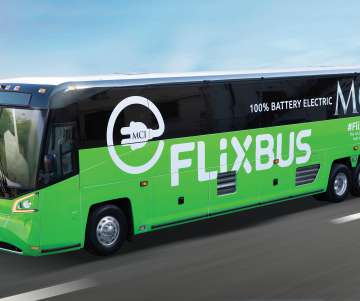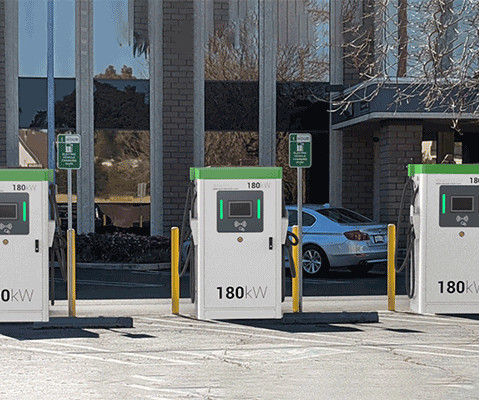XALT Energy batteries powering MCI all-electric passenger coach
Green Car Congress
NOVEMBER 27, 2019
As Freudenberg continues to invest in lithium-ion battery and fuel cell developments, we will pursue hybrid technology that addresses important issues like power, base load and unique operating cycles in a range of heavy-duty applications that include truck, bus, commercial marine and rail transportation.













Let's personalize your content